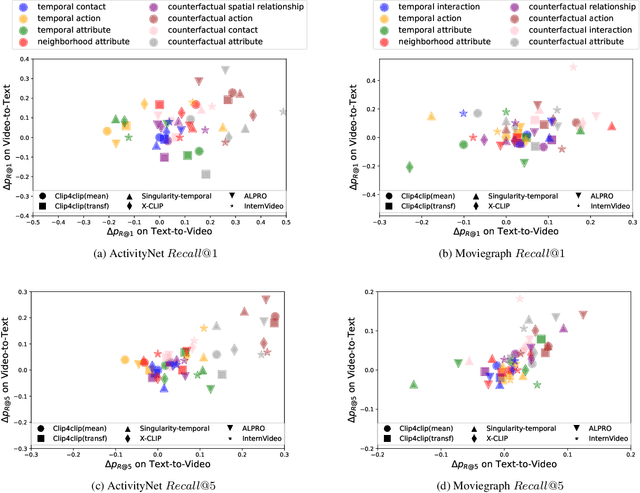SPOT! Revisiting Video-Language Models for Event Understanding
Paper and Code
Dec 01, 2023



Understanding videos is an important research topic for multimodal learning. Leveraging large-scale datasets of web-crawled video-text pairs as weak supervision has become a pre-training paradigm for learning joint representations and showcased remarkable potential in video understanding tasks. However, videos can be multi-event and multi-grained, while these video-text pairs usually contain only broad-level video captions. This raises a question: with such weak supervision, can video representation in video-language models gain the ability to distinguish even factual discrepancies in textual description and understand fine-grained events? To address this, we introduce SPOT Prober, to benchmark existing video-language models's capacities of distinguishing event-level discrepancies as an indicator of models' event understanding ability. Our approach involves extracting events as tuples (<Subject, Predicate, Object, Attribute, Timestamps>) from videos and generating false event tuples by manipulating tuple components systematically. We reevaluate the existing video-language models with these positive and negative captions and find they fail to distinguish most of the manipulated events. Based on our findings, we propose to plug in these manipulated event captions as hard negative samples and find them effective in enhancing models for event understanding.
 Add to Chrome
Add to Chrome Add to Firefox
Add to Firefox Add to Edge
Add to Edge